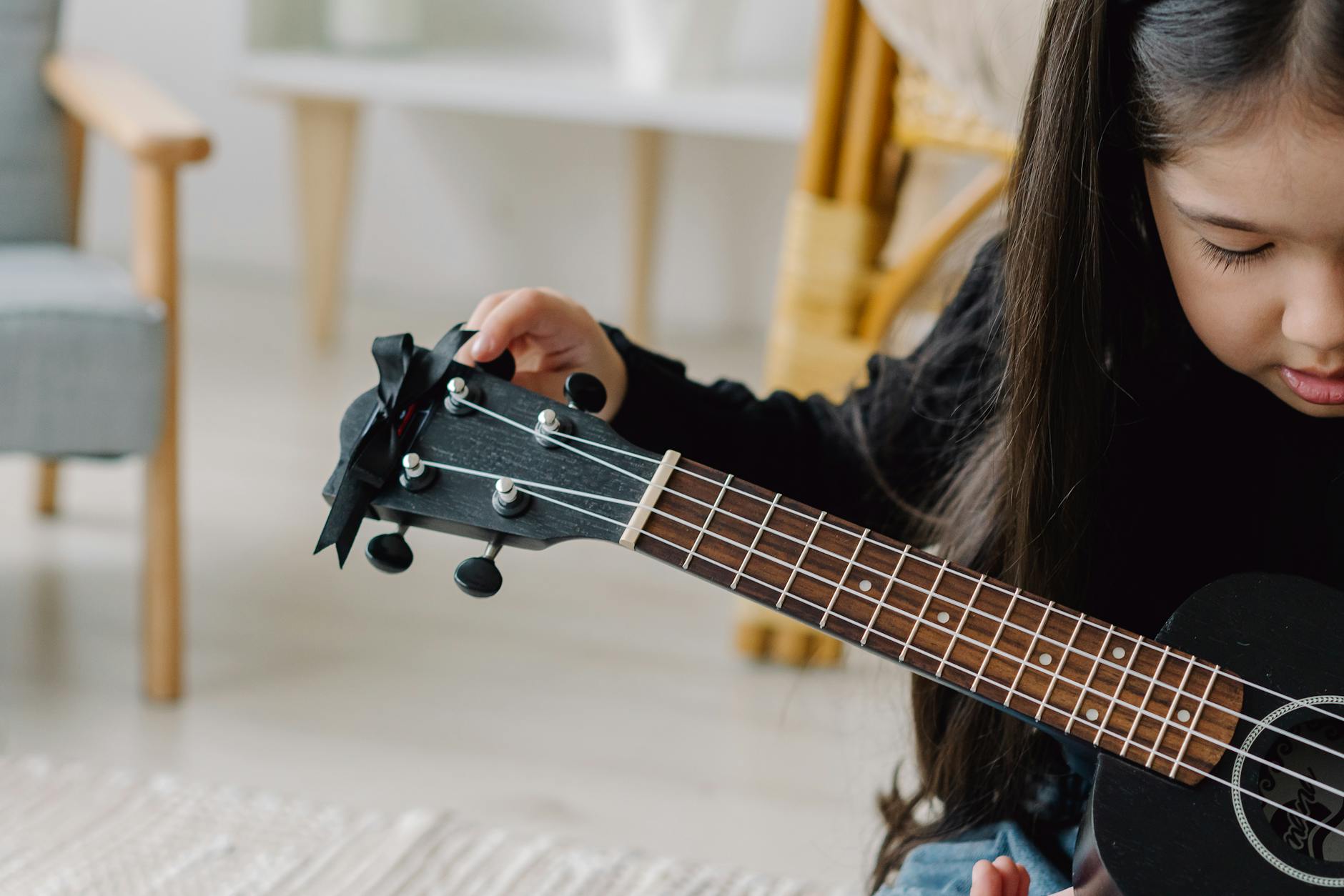Table of Contents
- Introduction
- Understanding the Technique
- Practical Application
- Benefits of the Technique
- Common Misconceptions
- Real-World Examples
- Bold Move Forward
- FAQs
Introduction
A deep dive into guitar performance can be both a thrilling and enlightening journey. Among the myriad of techniques available for budding and seasoned guitarists alike, one standout practice promises to elevate your musical expression dramatically. This technique not only enhances your technical skills but also enriches the emotional depth of your playing, making every note resonate with clarity and passion.
Imagine the transformation in your playing that awaits! In this exploration, we will unpack what this technique is all about, how to weave it into your practice routine, the tangible benefits it offers, and even tackle some myths that may hold you back. Additionally, we’ll showcase how others have successfully incorporated this approach into their musical journey, so you just might be inspired to leap toward improvement and growth.
Understanding the Technique
At its core, this guitar performance technique revolves around the concept of dynamic picking and expressive phrasing. Instead of approaching each note with a monotonous strumming pattern, players discover the magic of accents and variances in tone that can transform ordinary riffs into expressive masterpieces. By mastering the subtleties in volume and intensity, guitarists can convey emotions that words often fail to capture.
Moreover, dynamic picking empowers you to tell a story through your instrument. Every strum feels purposeful, and every note expresses something, whether it’s joy, sorrow, or tension. This technique prompts players to rethink their approach, shifting from mere note accuracy to emotional storytelling, asserting that guitar playing transcends mere technicality.
Practical Application
Integrating this performance technique into your daily practice doesn’t require an overhaul of your existing routine; rather, it’s about enhancing what you already do. Start by focusing on how you articulate individual notes in scales or pieces you already know. Pay close attention to how varying your attack can change the character of the sound you produce.
Practice with intention—take a simple chord progression and explore different dynamics. Play softly, then build to a crescendo, allowing the musical energy to flow naturally. Experiment with accents: pluck certain notes harder while playing others gently. This juxtaposition will not only enrich the sound but also imbue your playing with a newfound exuberance and depth that listeners can’t ignore.
Benefits of the Technique
Embracing this unique technique can yield remarkable results that extend well beyond mere sound. For starters, it cultivates a deeper connection with your instrument, enhancing your musical expression and creativity. By embracing dynamics, you’ll gain flexibility in your playing style, making your interpretations more personal and intriguing to your audience.
Furthermore, understanding the nuances of dynamic playing translates positively to other musical endeavors. Whether collaborating with fellow musicians or performing solo, the ability to add expressive layers to your pieces will engage listeners on a profound level. As your confidence grows, you’ll discover the unexpected joy that comes from fully expressing your musicality. It’s all about creating a unique sonic identity that draws in supporters and evokes emotions.
Common Misconceptions
Despite the sheer potential of this technique, several myths persist that could deter enthusiastic guitarists from embracing it. One prevalent misconception is that dynamic playing is reserved solely for advanced musicians. In fact, this technique is accessible to all skill levels; it merely takes a willingness to experiment and push boundaries.
Another misbelief is that dynamic expression detracts from technical precision. On the contrary, understanding when and how to vary your dynamics can enhance your overall technical prowess. Balancing these elements leads to enriched playing experiences that captivate audiences, proving that versatility is key in achieving musical excellence.
Real-World Examples
Musicians around the world have harnessed the power of this technique to create unforgettable performances. From legendary guitarists to contemporary artists, we can examine how dynamic picking has played a pivotal role in defining their sound. Consider the way iconic guitar solos often surge with intensity before receding into softer passages, or how rhythmic guitarists utilize accents to drive the beat forward.
Countless live performances highlight this transformative approach, where the ebb and flow of dynamic expression captivates listeners. Analyzing these instances not only provides inspiration but also offers invaluable insights into how you can implement similar tactics into your playing style. Embracing this multi-faceted approach to music can spark your creativity and expand your sonic horizons.
Bold Move Forward
As you consider incorporating this remarkable technique into your arsenal, think of it as a journey of self-discovery. Embrace the idea that every note you play is an opportunity to evoke emotion, whether through celebration or contemplation. Experiment boldly, allowing your playing to evolve and flourish.
Ultimately, the real challenge lies in remaining open to growth and new possibilities. The more you practice and adapt, the more your musical expression will mature and resonate. So, take that leap; embrace the dynamics, and watch as your guitar playing transforms into something deeply resonant and refreshing.
FAQs
What is dynamic picking?
Dynamic picking refers to varying the intensity and attack of each note played, allowing for expressive musical phrases.
Can beginners use this technique?
Absolutely! Dynamic playing is accessible to all levels. Start by experimenting with volume and accents in your favorite pieces.
How will this technique improve my musicality?
Enhancing your dynamic range will deepen your connection to the music, making your interpretations more engaging and authentic.
Do I need a special guitar to practice this technique?
No, any guitar will work. The focus is on how you approach playing, not on your instrument.
How long does it take to master dynamic playing?
Mastery takes consistent practice. Start small, and over time, you will notice significant improvement in your expressive capabilities.
Image Credit: Pexels
